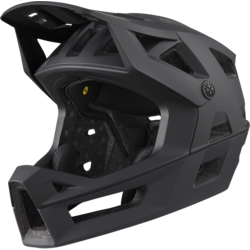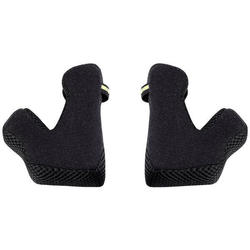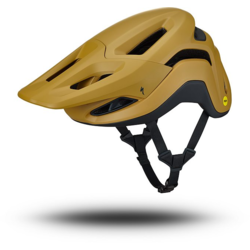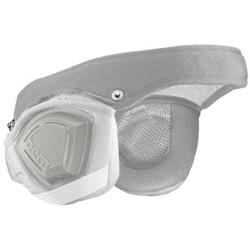When To Replace Your Bike Helmet.
Bike helmets don’t last forever. In fact, even if you aren’t in a crash your helmet can become less protective overtime. Here are four things to consider when deciding if it is time to get a new helmet.
1. Impact
It might sound obvious, but you should replace your helmet after a crash. Bike helmets are designed to absorb one impact. Even if you don’t see a noticeable crack on the outside, the material inside is likely compromised. Once a helmet has had an impact, it won’t protect your head the way it was designed

2. Expiration
Just like food in your fridge, bike helmets have an expiration. This is true even if your helmet hasn’t been in a crash. Helmets are made of foam in a plastic shell. The foam absorbs the impact saving your head. But over time the foam dries out and becomes brittle making the helmet less protective.
Helmet Worn in a Bike Crash = Expires Immediately
Helmet NOT Worn in a Crash = Expires in 3 – 5 Years
We often get the question of when to replace your helmet. A good rule of thumb is 3-5 years. If you ride a lot or your helmet has withstood extreme temperatures (hot or cold), you should replace it more regularly. If you aren’t riding a lot, you should still get a new one at least every 5 years. And keep in mind this is 5 years from the manufacturers date, not when you purchased it.
Storing your helmet for maximum shelf life.
One other thing to keep in mind is storing your helmet. Your garage is a bad location because of the temperature fluctuations in the summer and winter. Also avoid leaving it in direct sunlight for prolonged periods. The best spot is in your house where the temperature is more consistent. A closet is a great spot, out of the sun, and hopefully out of the way so the helmet won’t get banged around.

3. Technology
Finally, it might be time to upgrade your helmet for the new safety features. Two new developments that we are really excited about are…
MIPS — Multi-Directional Impact Protection System
Also known as Multi-Directional Impact Protection System, this new helmet feature has been “scientifically proven to reduce rotational motion by absorbing and redirecting rotational energies and forces transferred to the brain from angled impacts to the head.”
The MIPS technology was developed in Sweden in the 1990s. The helmet can slightly rotate within itself and thereby lessen the impact the brain and reduce the likelihood of a concussion.
Specialized ANGI Sensor
This helmet will literally call for help if you are in an accident. If the ANGi sensor detects a potential crash during your ride, it will connect to the Ride App on your smartphone, sound an alarm, and start a countdown. If you're okay, you can cancel the countdown. If you're injured and unable to cancel the countdown, the Ride App will send a text alert to your emergency contacts telling them you may have been in an accident. It will even send them your GPS coordinates.
4. Helmet Fit
The final consideration is fit. If your helmet doesn’t fit you, it is time to get a new one. If your helmet is uncomfortable, making riding less fun, it is time to get a new one. If you don’t like the style, meaning you are less likely to wear your helmet, it is time to get a new one. A new helmet that fits and that you like wearing is a small investment to keep your head safe.
Protect your brain!
So… do you need a new helmet? If so, shop our awesome helmet selection online here.













